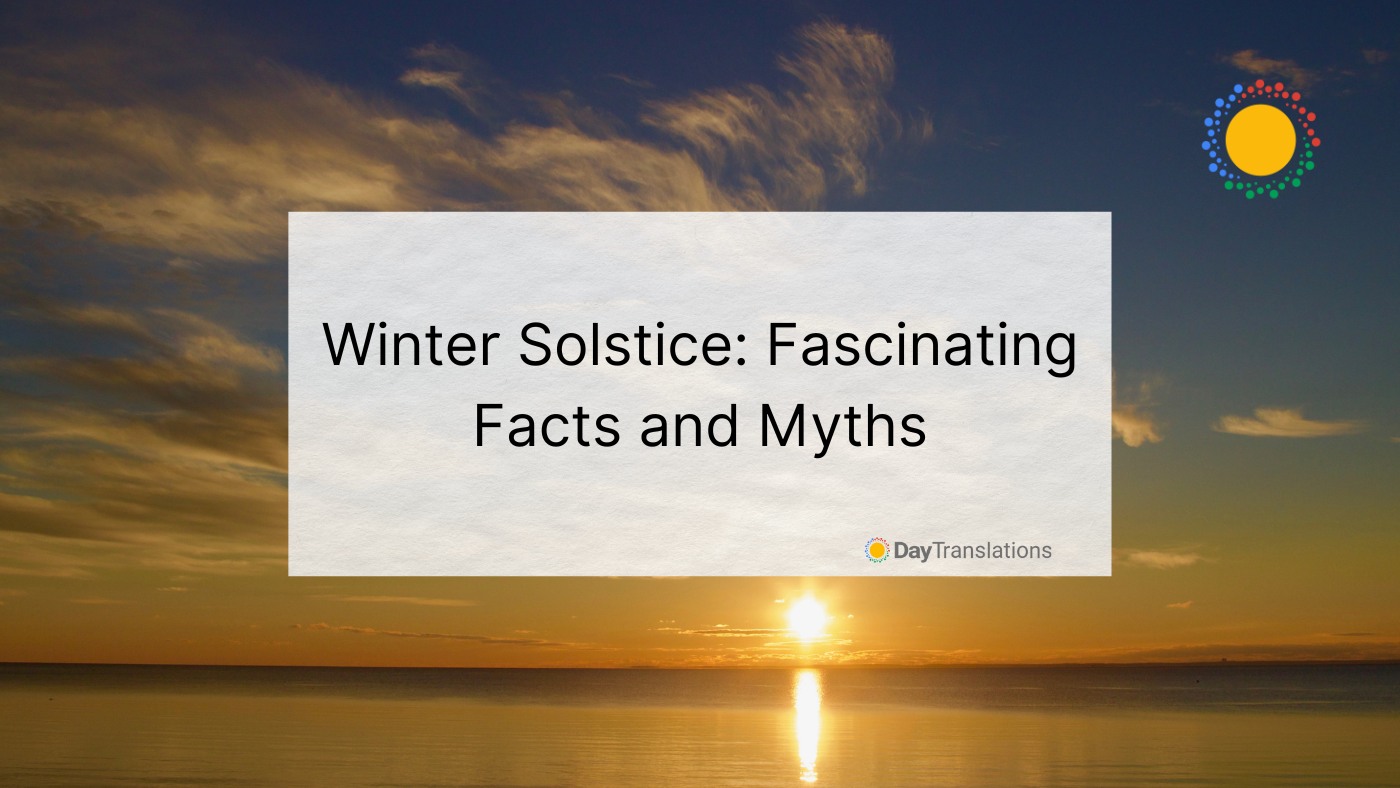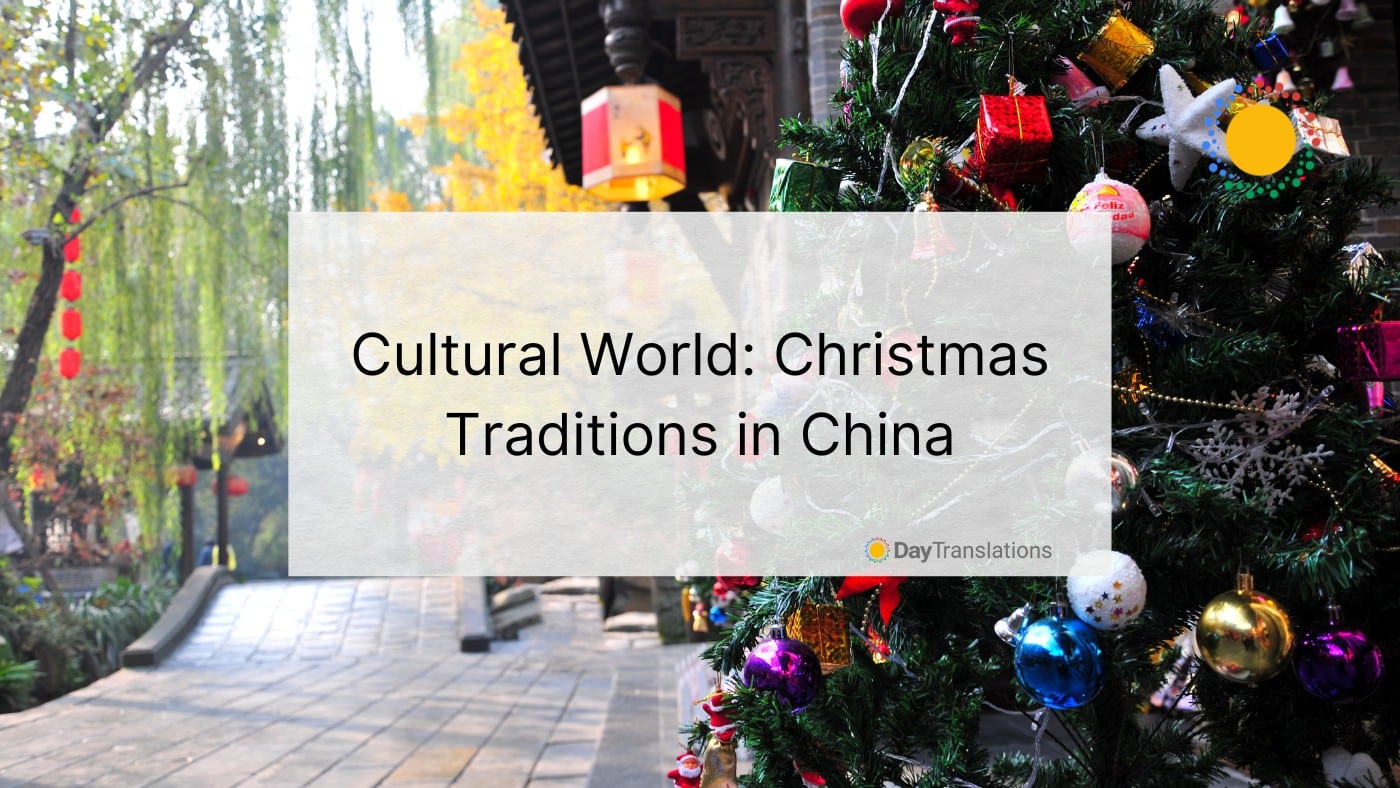The winter solstice marks the shortest day and the longest night of the year. But for many, this day is about a lot more than just the return of warmer days. Over the last few hundred years, many myths have been spread about the solstice. And just like any other myths, there are reasonable explanations for almost all of them…
Keen to broaden your knowledge base and learn a little more about the solstice? Here are some fascinating facts and myths you need to know!
Winter Solstice 101
The Winter Solstice is a Time, Not a Date
Even though we tend to highlight the entire day on which the solstice occurs, it actually only lasts a moment!
Did you know that the winter solstice doesn’t happen on the exact same date every year? It falls either on the 21st or the 22nd of December in the northern hemisphere. In the southern hemisphere, it occurs on the 21st or 22nd of June. Winter solstice occurs when the sun is above the Tropic of Capricorn, the southernmost point it ever reaches from our perspective.
You can find the exact moment of the solstice in your timezone here.
It Happens Twice. Once in the Northern Hemisphere. Once in the Southern Hemisphere.
This one seems kind of obvious, but let’s just discuss it and get it out of the way. Since most pagan traditions originated from areas in the northern hemisphere, they first observed and coined the name for the event in the northern hemisphere before appropriately timing it in the southern hemisphere.
During the northern hemisphere’s winter solstice, they celebrate the summer solstice in the southern hemisphere and vice versa. Like most other ancient traditions, the northern and southern hemispheres don’t celebrate this event on the same day but rather align it with seasonal indications.
The Deal with Stonehenge
The winter solstice was probably an important event in Neolithic cultures, as is evident in sites like Stonehenge. Back then, people kept a close eye on astronomical events and the amount of sunlight each season brought so they could plan their agricultural activities accordingly.
Ancient archaeological sites like Stonehenge in England and Newgrange in Ireland have axes that are strategically aligned with the December solstice event. While Stonehenge’s primary axes align with the winter solstice sunset, Newgrange’s axes point towards the solstice sunrise, highlighting the moment the sun appears in the sky.
Solstice and Yule
Pagan Scandinavian and Germanic people from northern Europe celebrated the December solstice with a 12-day long feast called Yule. Many modern Christmas traditions actually originated from Yule, including decorating the Christmas tree (formerly the Yule tree) and hanging up wreaths. The modern celebration of Christmas has a lot of connections to the winter solstice.
The Mayan 2012 Prophecy
We’re sure you remember the big internet hype about a certain dooming Mayan prophecy. It predicted that the world would end at the winter solstice in 2012. It seemed like the Mayans were right about a lot of significant historical events before, so when experts analyzed the 5126-year long Mayan Mesoamerica Long Count Calendar and highlighted the December solstice as doomsday, a lot of people believed it.
Instead of the end of the world (or a new beginning), we just experienced another shortest day of the year, a sun standing still, and the slow approach of the longer days of summer. And that, on its own, is pretty impressive in any case.
The Event isn’t All About Darkness
Much of the celebrations around the winter solstice are about lightness and rebirth. A pagan myth about the solstice is about the Norse Goddess Frigga. Frigga gave birth to her “young sun,” Baldur, on the day of the winter solstice, and the birth was viewed as her giving light to the darkness. This event is also why the December solstice event is known as “Mother’s Night” in many parts of northern Europe. It’s a day that celebrates rebirth, light, and progress.
The Egyptian goddess Isis also had a son, Horus, during the winter solstice. Mithras, the unconquered Sun of Persia, as well as Amaterasu, the Japanese Sun Goddess, were both born during the solstice.
Then there was Hesta, better known as the Roman goddess Vesta, who doused and relighted the hearth fire on the solstice day. In Scotland, they call it Wish Night, and the December solstice is known as a time when wishes are at their most potent.
Some Believe Things Go Bump in The Night on Solstice
Many cultures in the northern hemisphere including the Iranians, Celtics, and Germanic traditions say that a variety of evil spirits emerge during winter solstice eve. In some cultures, they even stayed up all night to avoid first-hand encounters with the darkness as part of their winter solstice celebrations!
Winter Solstice is the First Day of Winter…Or Not?
Meteorologists accept December 1 as the first official day of winter. But astronomers (and just about everyone else) agree that the winter solstice holidays mark the start of the coldest season. But there are two ways to look at it: meteorological and astronomical seasons.
The latter is based on the position of the earth in relation to the sun. Meteorological seasons, on the other hand, are based on the annual temperature cycle.
It’s the Best Time for Shadow Selfies
If you like takings pictures of shadows, the winter solstice is the best time for it! During this time, the sun is at its lowest arc across the sky. This means shadows from the sun’s light are at their longest during the solstice. As a matter of fact, your noontime shadow on the day of the solstice is the longest it’ll be all year! Best relish in those long legs for as long as the winter solstice allows it!
The Difference Between Winter and Summer Solstice
The winter solstice marks the shortest day of the year, unlike the summer solstice, which marks the longest day of the year.
Summer solstice occurs when the sun reaches its highest point in the Northern Hemisphere. Since the regions north of the equator get direct sunlight during this time, the days are longer, and the nights are shorter. The summertime event also occurs in June as opposed to the winter solstice that happens in December every year.
Modern Winter Solstice Celebrations
Even though ancient civilizations instigated and celebrated the event that marked the longest night, many modern-day pagans continue to celebrate the winter solstice event. They decorate their homes, light candles, and have festive meals with their families and friends to praise the sun’s yearly progress and the change it brings.
Whichever way you translate the festivities and myths surrounding the winter solstice, we’re fortunate to get to see it happen every year. Steve Martin said that a day without sunshine is like night, and we absolutely agree. If you don’t like getting up before the sun rises, the winter solstice brings good tidings to your side of the world because things are about to lighten up!














Sorry, the comment form is closed at this time.